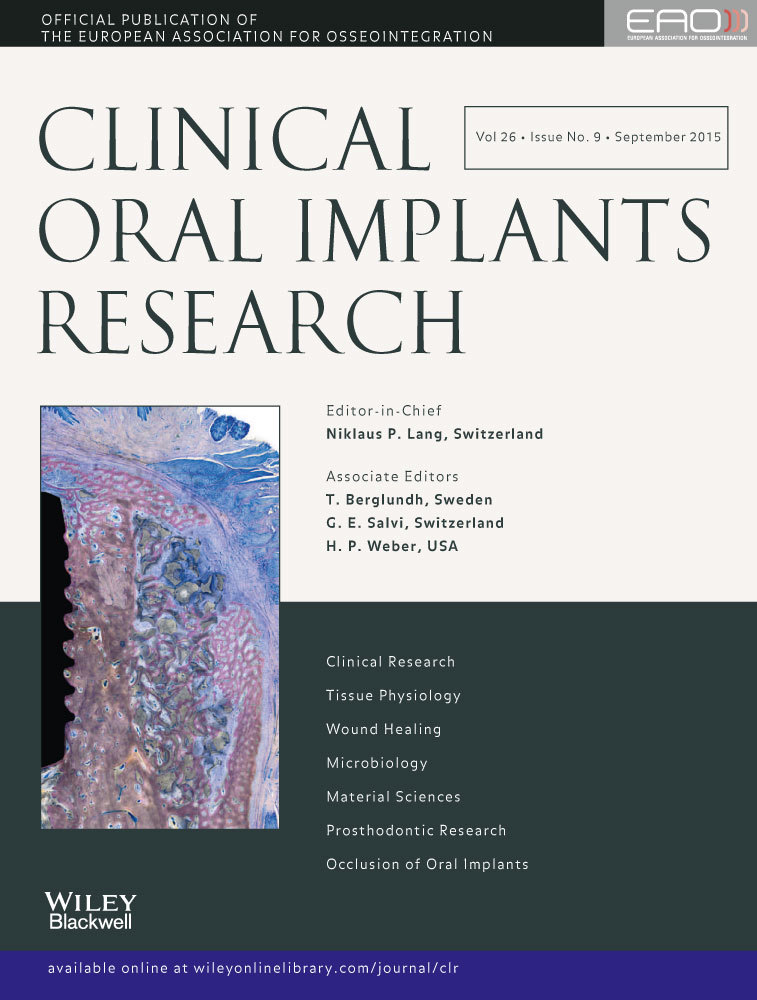Implants failures related to endodontic treatment. An observational retrospective study
Abstract
Objective
The aim of the study was to analyze potential etiological risk factors that constitute a complex problem in the clinical management of peri-implantitis.
Materials and methods
An observational retrospective study was conducted to describe the possible effect of lesions of origin pulpar and/or periapical success or failure of the implant. The sample consisted of review of 800 implants, of which 500 were conducted at the Faculty of Dentistry of the UANL and 300 private clinics of Maxillofacial surgeons experienced in the placement of those who reside in Monterrey, Mexico. Five hundred and eighty cases correspond to female patients while that 220 patients of the male gender. The age of patients at the time of placing the implant ranged from 28 to 81 years.
Results
Of 800 study subjects who underwent dental implant treatments, 200 cases (25%) were detected which presented endodontic failure prior and/or adjacent to the placement of the implant. The 50.41% had peri-implantitis, recording 62 cases in the Faculty and 18 cases (23.38%) in private clinics, finding that there was a statistically significant difference between the presence and absence of peri-implantitis in terms of failed endodontic prior and/or adjacent to the placement of the implant.
Conclusions
Within the limitations of this observational retrospective study, it could be concluded that the development of inflammatory changes mediated by the presence of remnant bacteria surrounding hard tissues adjacent to implants might induce late failures of implants, and potentially trigger pathological features of apical peri-implantitis.




